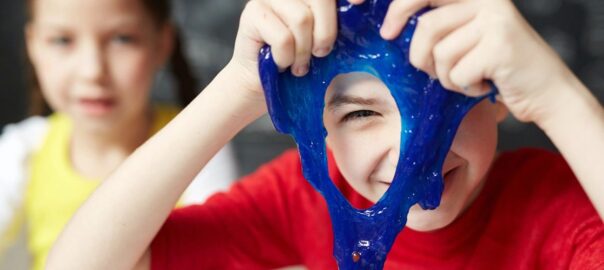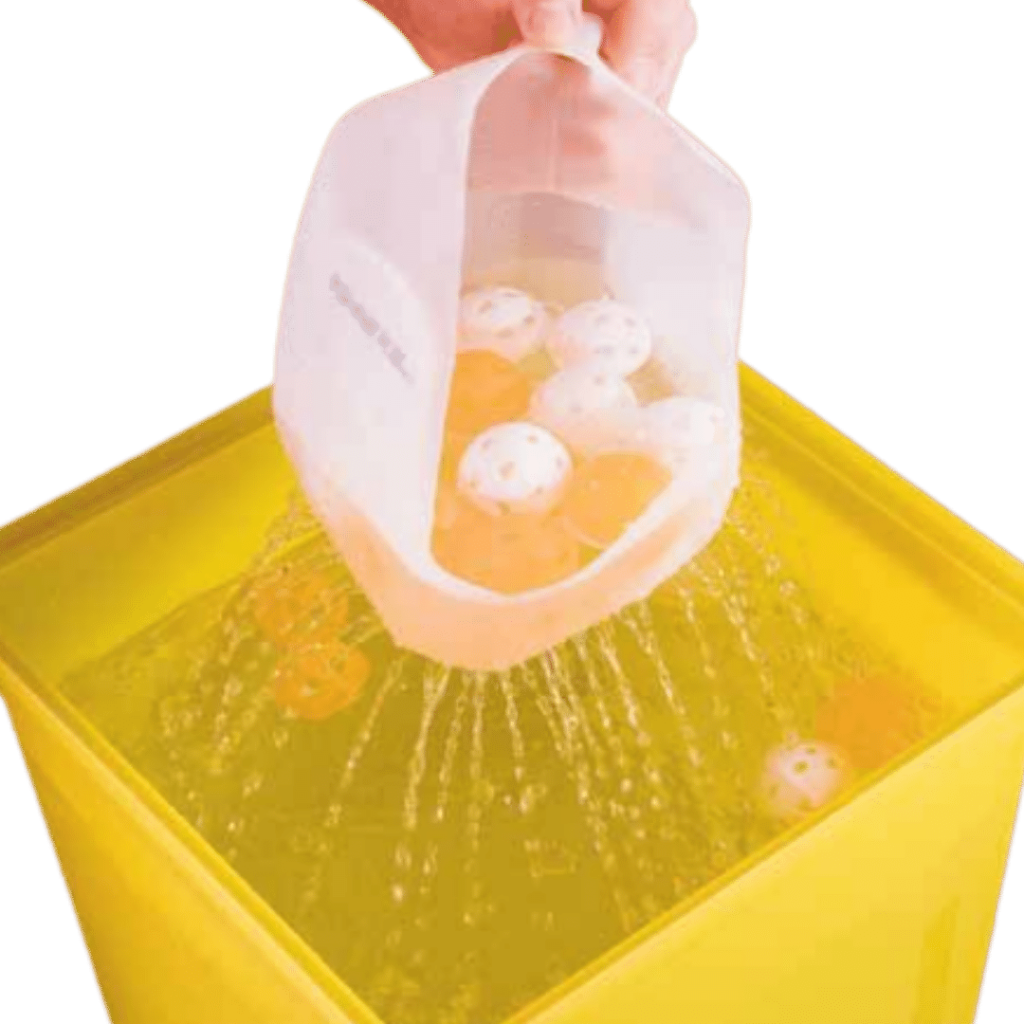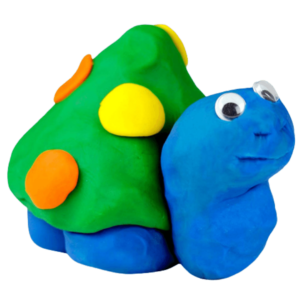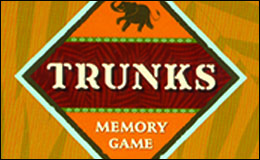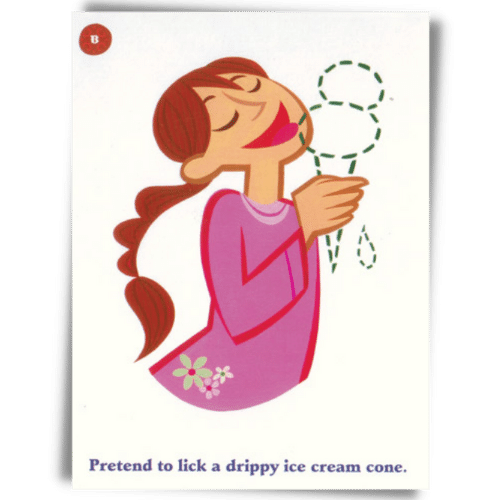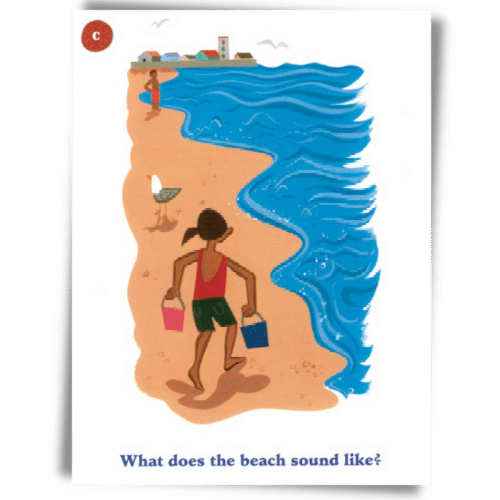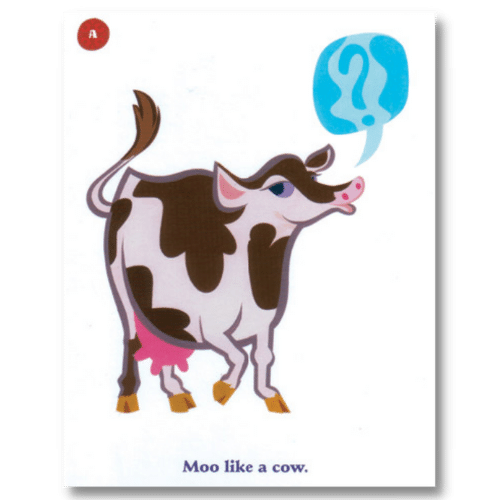It has been 43 years since Therapro’s President, Karen Weihrauch left her teaching position at the University of Wisconsin-Milwaukee (UWM) for her new home in Boston. In those 43 years a lot has changed, including the founding of Therapro! She reflected on those changes in her recent reunion message to her former occupational therapy students at their class of 1979 reunion in Milwaukee, WI. Read on for her full remarks!
Dear UWM OT Class of 1979,
It is hard to believe that it has been 43 years since we were all together in the OT pediatric class! I remember your class very well for many reasons but here are the two prominent reasons that come to mind. First, I remember your enthusiasm for learning which in turn made teaching all of you a joy. In addition, it was my last year teaching at UWM and my last year of living in Wisconsin. For all of us, it was the ending of something familiar and the embarking on exciting careers ahead.
I cannot help but think how much pediatric OT has changed since I taught you 43 years ago. What I taught was based on a medical model, not a school-based model which is what we now know of pediatric OT. School based OT was just emerging and we all have had to make many adjustments to our therapeutic approach.
When I came to Boston to get my doctorate in OT at Boston University, I also began to work part-time in the Brookline Public Schools. The caseload and the number of evaluations quickly escalated. I could foresee that OT services would become an important part of the academic program for struggling students. We, as OTs, had much to offer.
However, I noticed that there were some missing parts that we needed to become part of this practice area. I could not find any resources to help me nor were there any relevant supplies or equipment related to working in the schools. When I complained about this to my husband, Paul, he began to think of it as a possible business idea and we created Therapro, Inc. to fill this void.
35 years later, and 76 years old, I am still an OT utilizing my OT skills to preside over a company that is considered “The Therapy Resource for Families and Professionals.”
OT is a great profession, and I am so glad that you are part of it!!
My Very Best to each of you,
Karen Conrad Weihrauch, PhD, OTR/L

